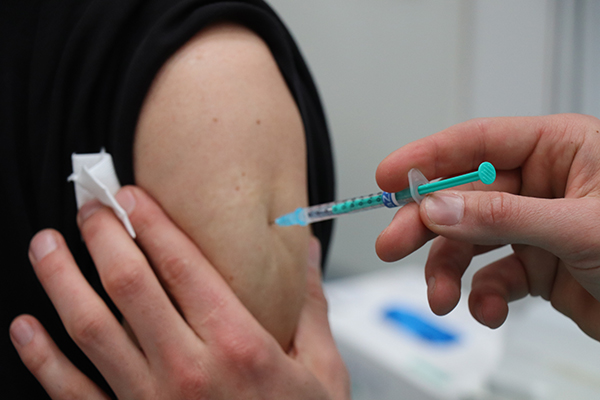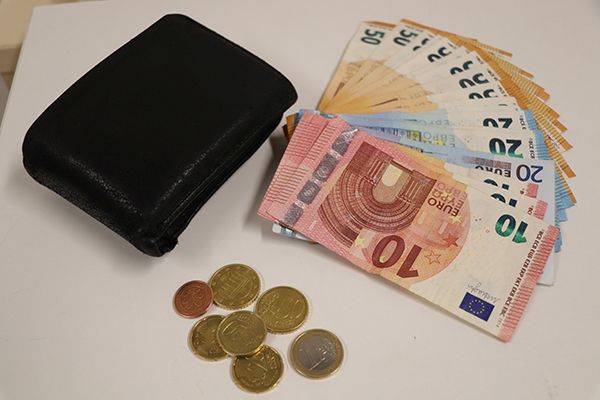By Wolfgang Sannwald
Currently millions of people worldwide are being vaccinated against Covid-19. Vaccinations against pathogens have been in existence for centuries, in Asia they are part of traditional medicine practices. This is presented in an essay from 2020 by the medicine historian Robert Jütte from Stuttgart. According to him, the philosopher Voltaire (1694-1778) reported from the Caucasus that women cut their six-month-old children in the arm and inserted in the wound a skin blister of smallpox infection from another child. The mild infection then protected their children permanently. Voltaire claimed that women complained in cases when they could not get hold of a pox for this type of vaccination.
Arabian physicians already came across this technique of vaccination in the 11th century in India. There, doctors traditionally took pus from people who were mildly ill with smallpox. They rubbed this body fluid into the scratched skin of healthy people. Allegedly, slave traders used this procedure for their female slaves. They had them vaccinated so that their faces would not be disfigured by pockmarks. The process became known in Europe via Constantinople (now Istanbul). King George I. of England (1660-1727) was convinced by the method and had his possible successors vaccinated, too. At the time, the risk of dying from smallpox anyway was very high; according to a contemporary estimate, one person died out of every 182 vaccinated. However, many people accepted this because almost half of the children could die from infections with more dangerous smallpox viruses.
For Europe, the English country doctor Edward Jenner (1749-1823) is considered the discoverer of the first protective vaccination against an infectious disease. In 1796, he inoculated eight-year-old James Phipps with a cowpox pustule that had formed on the arm of Sarah Nelmes, a cattle maid. As Jenner had expected, the boy developed a light fever which subsided soon. After six weeks, Jenner artificially infected the boy with the more dangerous human pox. The vaccination was apparently successful because the boy did not fall ill.
Such protective vaccinations were controversial for centuries. For example, vaccinations repeatedly caused overall damage to health. The vaccination technique was responsible for many of these. Doctors at the time used bodily fluid from a child who had been vaccinated shortly before. As a result, they sometimes transmitted pathogens of other infectious diseases. In addition, medical instruments were not yet sterilized, and some people did not tolerate the foreign body fluid. Vaccination opponents also pointed out that in some places smallpox was reemerging despite high vaccination rates. The doctors first had to realize that they needed to revive the vaccination.
Over the course of two centuries, vaccinators made significant progress. They changed the inoculated pathogens, for example by heat or irradiation, so that they can no longer cause disease. In many vaccines, the pathogens are completely killed.
tun21050410
Bei der Impfung. Foto: tünews INTERNATIONAL / MostafaElyasian.




